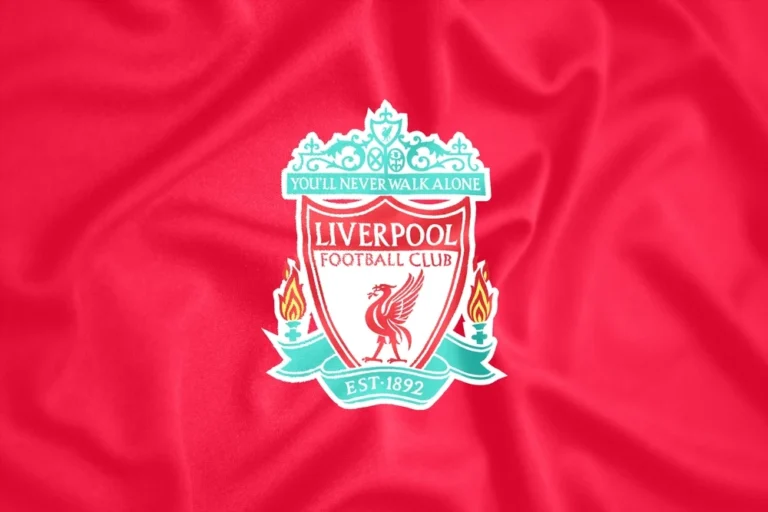
The Rich History of Tottenham Hotspur FC
Tottenham Hotspur FC, affectionately known as Spurs, is a professional football club based in Tottenham, North London. The club was founded in 1882 and has grown to become one of the most recognized teams in English football. Throughout its storied existence, Tottenham Hotspur FC has not only achieved success on the pitch but also cultivated a passionate following that transcends generations. This blog post dives deep into the rich history of Tottenham Hotspur FC, exploring its origins, key players, achievements, rivalries, stadium infrastructure, managerial changes, youth academy, recent performance, financial status, and the vibrant fan culture that surrounds this esteemed football institution.
History of Tottenham Hotspur FC
The history of Tottenham Hotspur FC is a tale woven with passion, resilience, and triumph. Established by a group of schoolboys from the local area in 1882, the club initially played friendly matches before joining the Southern League in 1892. The early years were marked by fluctuating fortunes, yet it laid the foundation for what would later become a prominent football club.
The club officially adopted the name “Tottenham Hotspur” in 1884, inspired by a local landowner’s family name and reflecting its ambition. In 1901, Spurs became the first non-league team to win the FA Cup, defeating Sheffield United in the final. This victory was pivotal as it marked the beginning of a long-standing tradition of success.
Spurs joined the Football League in 1908 and quickly made their mark by winning the First Division title for the first time in 1950-51. The club’s identity continued to evolve throughout the decades, becoming synonymous with attacking football, innovation, and flair.
Formation and Early Years
The genesis of Tottenham Hotspur FC can be traced back to the late 19th century when a group of young men decided to form a football club as a way to engage with their community. The club began by playing friendly matches at various grounds and gradually built a reputation for being competitive.
In 1892, Spurs took a significant step by entering the Southern League, which provided them with a platform to showcase their talents against other teams. This move represented a desire to compete at a higher level and attract better players, laying the groundwork for future success.
As the club matured, it developed a distinctive style of play that emphasized skill and creativity. This approach set Tottenham apart from many contemporaries who relied more on physicality than finesse.
The Rise to Prominence
By the turn of the century, Tottenham Hotspur FC had established itself as a formidable force in English football. The landmark moment came in 1901 when Spurs won the FA Cup, a feat that had never been accomplished by a non-league team before. The 3-1 victory over Sheffield United not only secured their place in football history but also endeared the club to fans and solidified its identity.
Entering the Football League in 1908 marked a new chapter for Tottenham. Their commitment to attractive football drew crowds, and they soon made a name for themselves as entertainers on the pitch. The club’s blend of talent and ambition fostered an environment where players could thrive and innovate.
Post-War Era and Innovations
Following World War II, Tottenham Hotspur FC witnessed transformative growth. Under the management of Arthur Rowe, the club adopted a pioneering push-and-run system that revolutionized attacking play in English football. The tactics implemented during this period laid the foundation for future successes, ensuring that Spurs remained competitive even as the game evolved.
Tottenham enjoyed renewed success in the late 1940s and early 1950s, claiming league titles and cementing their status as one of England’s elite clubs. This era showcased the club’s ability to adapt, embrace change, and maintain its core identity rooted in entertaining football.



